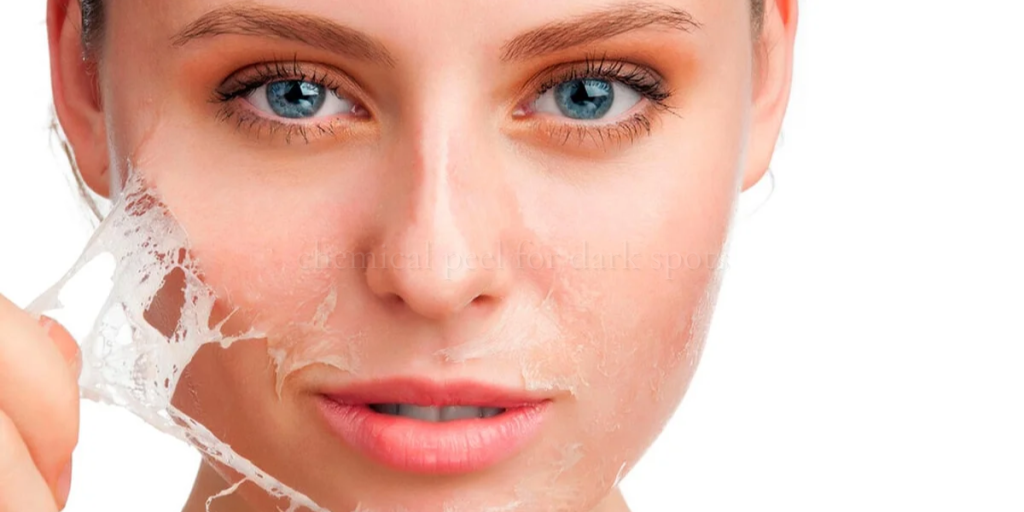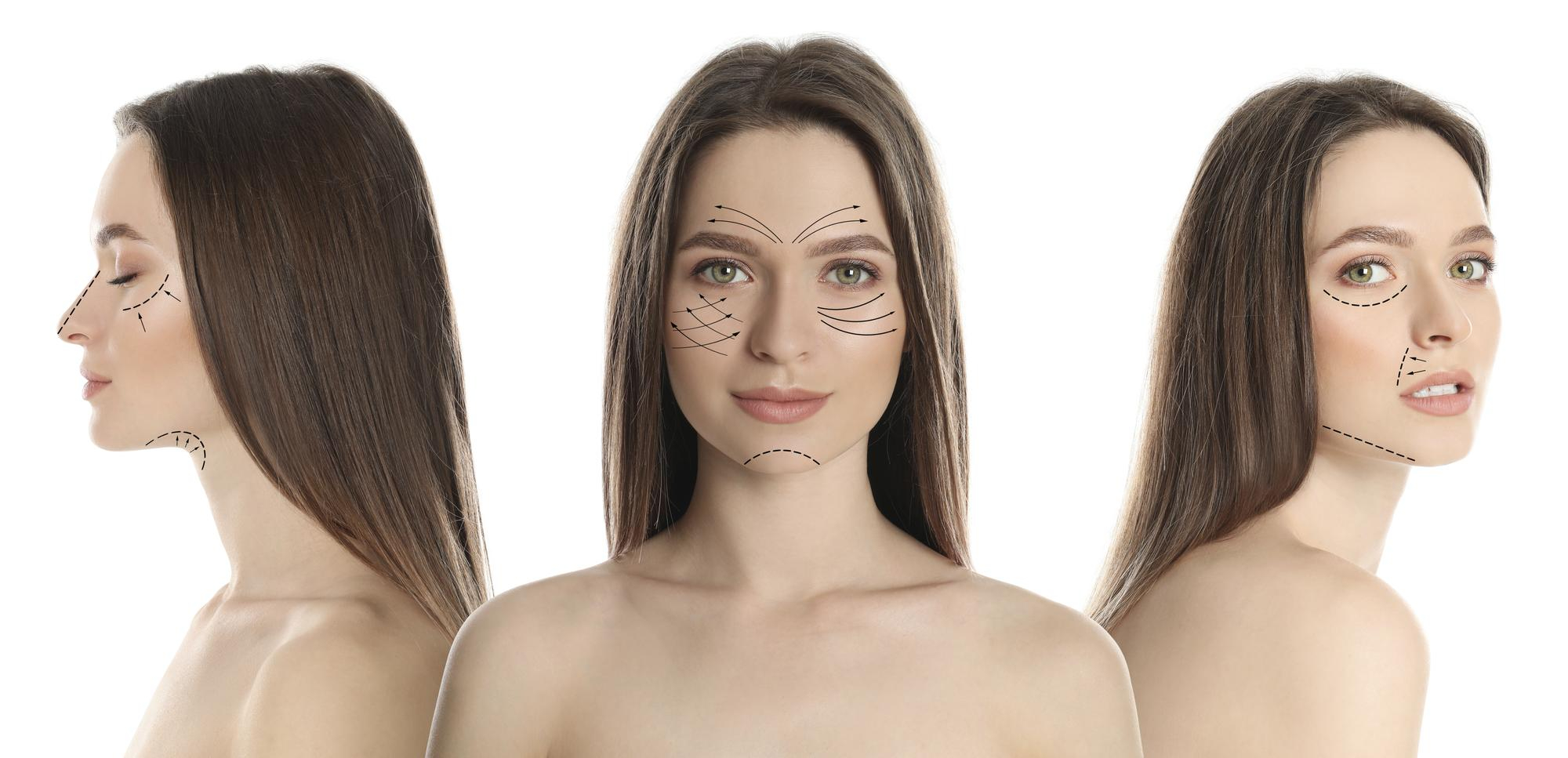How Often Should You Get a Chemical Peel for Dark Spots? A Pro Explains
If you’ve been struggling with dark spots, uneven tone, or dull skin, you’ve probably heard of chemical peels. They’re one of the most effective professional treatments for improving pigmentation and revealing smoother, brighter skin. But how often should you get a chemical peel for dark spots to see real results—without overdoing it? Let’s dive into what the experts recommend.
What Is a Chemical Peel?
A chemical peel is a skin-resurfacing treatment that uses a blend of acids—like glycolic acid, salicylic acid, lactic acid, or trichloroacetic acid—to exfoliate the top layers of your skin. Depending on the strength, a peel can target mild discoloration or deeper pigmentation issues such as melasma or post-inflammatory hyperpigmentation (PIH).
The goal is to remove damaged skin cells, promote new cell turnover, and stimulate collagen production—leaving your complexion smoother, more even-toned, and radiant.
How Often Should You Get a Chemical Peel for Dark Spots?
The frequency depends on your skin type, the severity of dark spots, and the type of chemical peel used.
Here’s a general breakdown:
- Light Peels (Superficial Peels)
These gentle peels use mild acids like glycolic or lactic acid. They can be done every 2 to 4 weeks to gradually fade dark spots and improve overall texture. - Medium Peels
These use stronger acids, such as trichloroacetic acid (TCA), to penetrate deeper into the skin. Most professionals recommend getting them every 3 to 6 months. They’re ideal for more stubborn pigmentation and deeper acne scars. - Deep Peels
These are powerful treatments performed less frequently—about once every 1 to 2 years—as they involve a longer recovery time. Deep peels are best for severe discoloration or extensive sun damage and should only be done under the supervision of a qualified dermatologist.
Why Consistency Matters?
Dark spots form deep within the skin, and it takes consistent treatments to lift pigmentation effectively. While one chemical peel can make your skin appear brighter, a series of treatments is usually needed to achieve lasting results.
Most skincare professionals recommend starting with a series of 4–6 light or medium peels, spaced a few weeks apart. This schedule allows your skin to heal between sessions while steadily improving tone and texture.
What to Expect After a Chemical Peel?
After each peel, you might notice mild redness, flaking, or peeling for several days—this is completely normal. It’s a sign that old skin cells are shedding, making way for new, healthier ones.
During this time, it’s crucial to:
- Avoid direct sun exposure
- Use a broad-spectrum sunscreen daily
- Keep your skin moisturized
- Avoid picking or exfoliating until your skin fully heals
Who Should Avoid Frequent Peels?
If you have sensitive skin, active acne breakouts, or eczema, frequent chemical peels might irritate your skin further. Always consult with a licensed esthetician or dermatologist to determine what type of peel and schedule is safest for your skin concerns.
Maintenance Matters
Once you achieve your desired results, you can maintain your even complexion with maintenance peels every few months and a good at-home routine. Look for products with vitamin C, niacinamide, or AHAs to help keep pigmentation at bay.
The Bottom Line
When done correctly, chemical peels for dark spots are one of the most effective treatments for achieving clear, radiant skin. Light peels can be done monthly, while stronger peels should be spaced out by several months. The key is consistency, patience, and professional guidance.
If you’re ready to fade those dark spots for good, talk to your skincare professional about creating a personalized chemical peel plan that fits your skin’s needs and goals.
Wrinkle One by Pyramid Healthcare is a cutting-edge skin rejuvenation device designed to lift, tighten, and smooth your skin—naturally. Combining advanced radio frequency (RF), ultrasound, and HIFU technology, it stimulates collagen production to reduce wrinkles and restore youthful firmness without surgery or downtime. Gentle yet powerful, Wrinkle One delivers visible results with every session, helping you achieve a refreshed, radiant complexion with confidence.
 Skip to content
Skip to content





